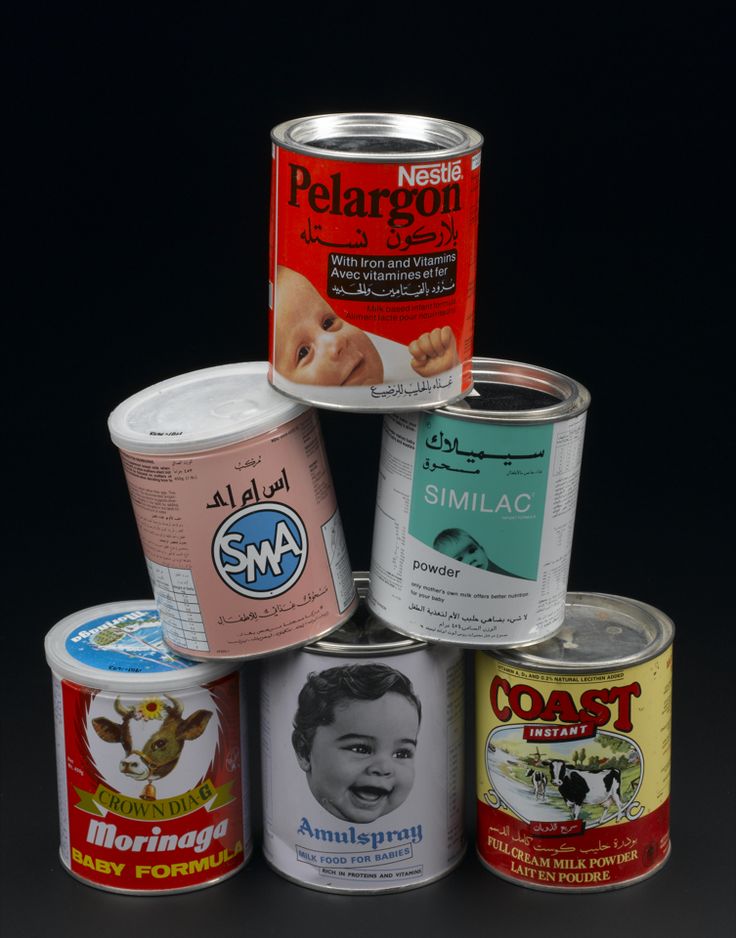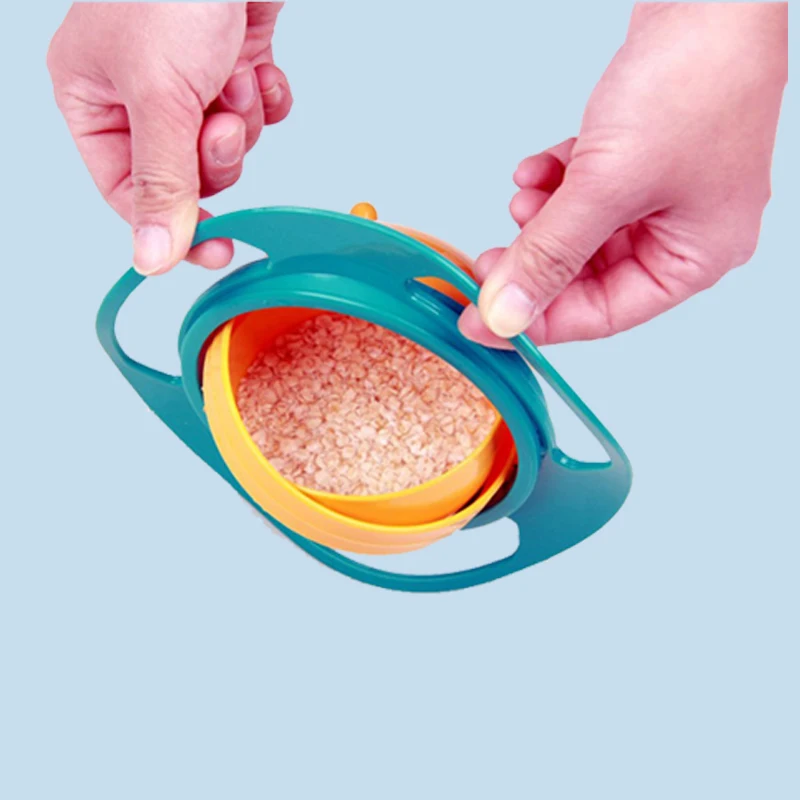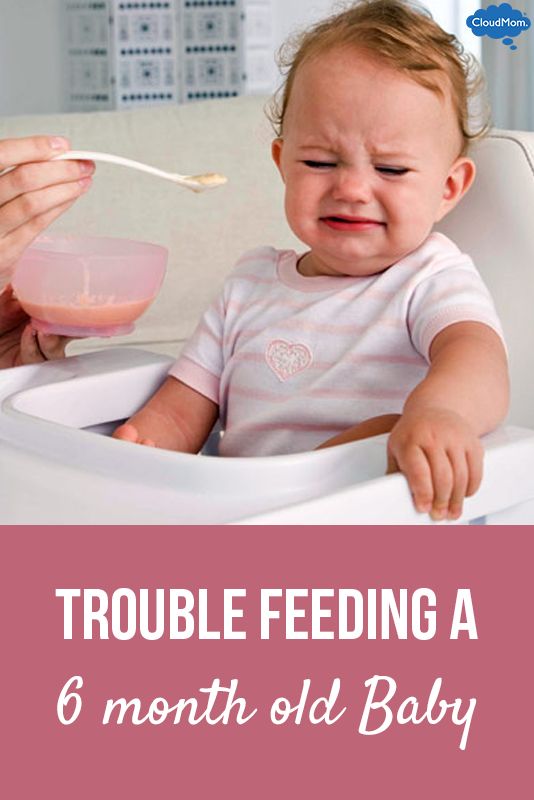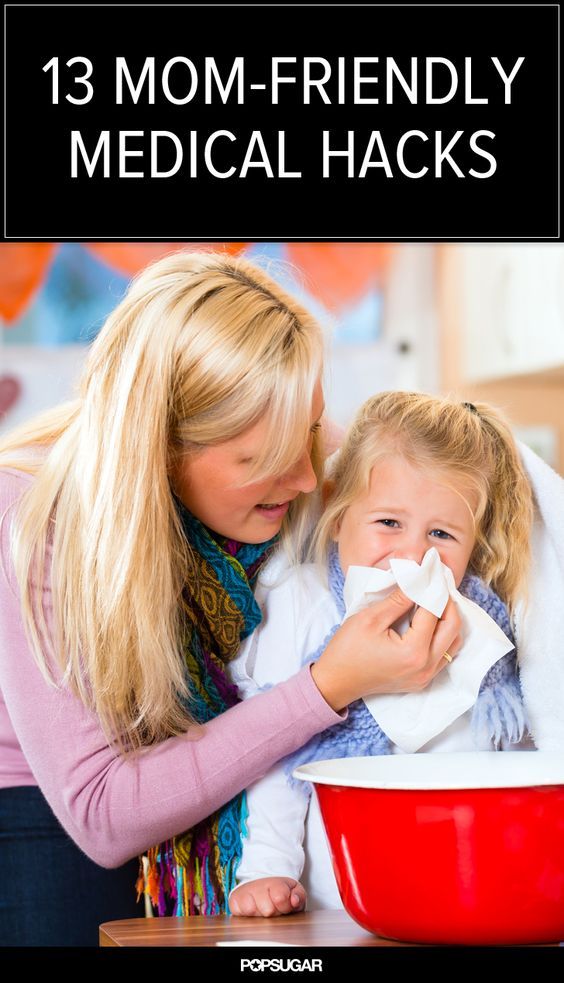Food stamps for baby formula
Can You Buy Formula With An EBT Card?
This page contains affiliate links. If you use these links to buy something, we may earn a commission at no additional cost to you. As an Amazon Associate we earn from qualifying purchases made from our website. Click here to read our full privacy policy.
In recent times, many of us have been hit with unprecedented financial hardships. If you have applied to receive government benefits for the first time, you may find that knowing which foods you can and can’t buy can be complicated. For instance, can you buy formula with an EBT card?
If you have SNAP benefits, you can use that program to buy formula, as well as baby food and other eligible items. Read on to learn more about EBT benefits and what you can and can’t buy with your EBT card.
What Is the SNAP Program?
Before we dive into why you can purchase formula with your EBT card, let’s talk about the SNAP program. The Supplemental Nutritional Assistance Program (SNAP) was founded in 1933 as part of the Agricultural Adjustment Act. It’s a program designed to help low-income people afford the food they need to survive.
Chances are you’ve heard of the SNAP program before, and if you’re old enough, you may even know it as food stamps. When the program first began, people would receive paper stamps they could exchange for food at the grocery store. However, since many people wound up trading or selling these stamps for other needs, the government shifted to an electronic card system.
How Does It Connect to an EBT Card?
When the government phased out the old paper food stamps, they introduced the EBT card. Your electronic benefit transfer (EBT) card is your ticket to accessing your SNAP benefits. You can use it much like a credit or debit card at the store to purchase needed food items.
Your EBT card will have a certain amount of “stamp money” loaded onto it that you can use for food. Unlike other federal benefit programs, this card does not give you direct cash you can spend on anything you need.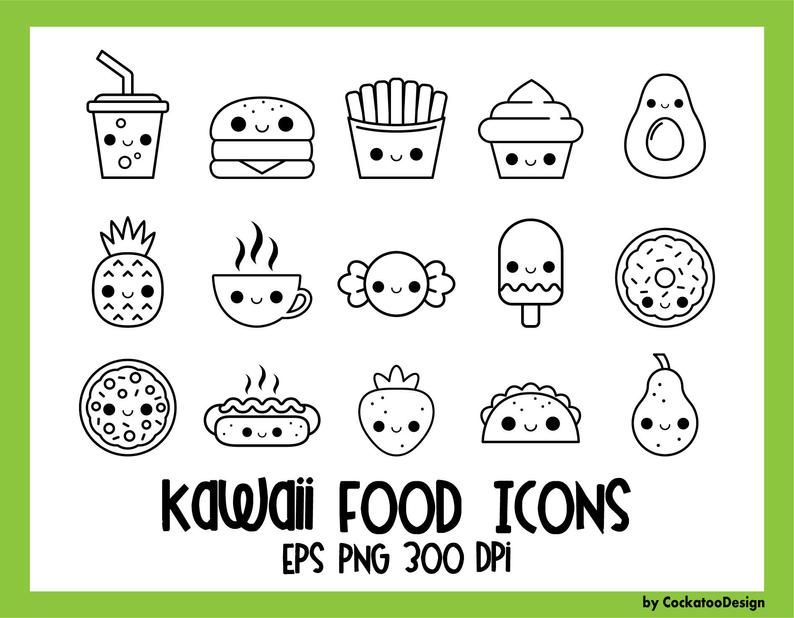 Instead, it limits which items you can purchase with this card, and you can only use it to buy food items.
Instead, it limits which items you can purchase with this card, and you can only use it to buy food items.
Are There Purchase Limits for Formula?
Because formula is considered a direct source of nutrition for infants, it is one of the items eligible for purchase with an EBT card. However, some items come with limits on how many you can buy each month or in one trip. Are there such buying limits in place for baby formula?
Luckily, there are no purchase amount limits for formula, so you can get as much as you need. The only limit is the amount of money you have on your EBT card. If possible, it’s a good idea to budget your monthly assistance amount to ensure everyone in your family, including your baby, has food to eat.
Can You Purchase Other Baby Food?
Formula is an important part of the SNAP program eligibility, but what do you do once your baby gets older? They can’t keep drinking formula forever, but they may not yet be ready to move on to solid foods. Will your EBT card work for purchasing pre-made baby food and other transitional foods?
Will your EBT card work for purchasing pre-made baby food and other transitional foods?
Baby food and other such essentials also fall under the nutrition category of SNAP benefits. You can use your EBT card to purchase jars of baby food, baby cereals, oatmeal, or other such foods. You may also be able to use this card to purchase juice and certain other drinks for small children.
Can You Buy Other Baby Products?
If you’re struggling financially, knowing you can feed your baby with SNAP benefits can be a huge load off. But there are many other expenses associated with raising a child—medical expenses, toys, clothes, and diapers, to name a few. In fact, the average parent spends nearly $1,000 a year on diapers alone.
Unfortunately, these other items do not fall under the nutritional requirements for SNAP benefits. You can’t purchase them using an EBT card without facing serious consequences. But later on, we’ll discuss some ways you may be able to get help buying diapers and other such necessities.
Eligibility for SNAP
Eligibility for SNAP benefits will vary from state to state, so you must check on your particular state’s guidelines. In general, these guidelines are usually based on total household incomes rather than individual incomes. They will also depend largely on how many people, including children, depend on you financially.
To determine your eligibility, a member of your household must contact the SNAP office in your state.
What You Can Purchase With an EBT Card
In general, EBT cards are meant to help you and your family purchase food only, not other necessities. This food does not have to be healthy or meet certain requirements; it must only be intended for your family to consume directly. Processed food, snacks, candy, and sweets are all eligible for EBT card purchases, though they are not the best choice.
You can also use your EBT card to purchase seeds that will be used to grow food for your family. Starting a garden can be a great way to supplement your food resources, especially if you harvest seeds from the food you grow. Your garden can even help others in your community get the nutrition they need.
Your garden can even help others in your community get the nutrition they need.
EBT Card Limitations
There are a variety of essentials that don’t fall under the SNAP benefits program. For instance, you can’t use your EBT card to buy toilet paper, cleaning supplies, or medicines. You also can’t use your EBT card to buy premade hot foods at stores, such as a burger from the fast-food restaurant in the grocery store.
Unfortunately, SNAP benefits also do not cover pet food, though there are other ways to help keep your best friend fed. And you may not be surprised to learn that alcohol and tobacco aren’t eligible for purchase with your EBT card. If you or someone in your family struggles with an addiction to these substances, there are programs that can help you.
Where You Can Use an EBT Card
EBT cards are accepted at stores in all fifty states and U.S. territories like Puerto Rico and the Virgin Islands. Most standard grocery stores and convenience stores participate in the SNAP program and will accept an EBT card. However, it’s always a good idea to check with a new store to make sure they’ll accept your card before you begin shopping, especially if it’s a small business.
However, it’s always a good idea to check with a new store to make sure they’ll accept your card before you begin shopping, especially if it’s a small business.
There are some farmer’s markets that also accept EBT cards. This can be a great way to get your family fresh fruits and vegetables from local sources without having to turn to your local big-box retailer. You may also be able to get seeds and gardening advice from your local farmer’s market vendors, so be sure to check for when and where they set up.
Cautions When Using an EBT Card
When you’re shopping, it’s natural to throw all your items such as food and other necessities into the basket together and then put them on the conveyor belt without thinking. However, your EBT card will only cover those items in your cart that qualify for the program.
Aid for Diapers and Baby Products
So what do you do if you have to buy diapers, but you can barely afford to keep a roof over your baby’s head, and you rely on SNAP benefits to keep them fed? If your child is enrolled in an Early Head Start or Head Start program, they should receive diapers while at the program. If you receive TANF benefits, you can also use that money to purchase diapers.
If you receive TANF benefits, you can also use that money to purchase diapers.
Some community programs work to provide diapers and other such necessities for families in need. There is also a bill in Congress that would help provide diapers to families all across the country. Talk to your local representatives about whether such a program is available in your community, and ask your national representatives to vote yes on HR1846.
Answer, “Can You Buy Formula with an EBT Card?”
Trying to keep your family fed can be a challenge, especially in times like this. Luckily, the answer to the question, “Can you buy formula with an EBT card?” is yes. Formula and other food products that will provide nutrition for your children are eligible for the program.
If you qualify for SNAP benefits, you may also qualify for free Lifeline phone service. Apply now and start getting the help you need to stay connected.
If you’re looking for more information on how to get resources for your baby on a tight budget, click here.![]()
SNAP and Baby Formula | Store Brand Formula
Perrigo purchases Nestlé’s Gateway infant formula plant and acquires the U.S. and Canadian rights to Good Start® infant formula brand. Learn more
Use Your Supplemental Nutrition Assistance Program (SNAP) Benefits to Buy Baby Formula
You might be surprised to learn that the federal government will help you buy baby formula.
Known as SNAP, the Supplemental Nutrition Assistance Program provides nutrition benefits to supplement the food budget of families in need so they can purchase healthy food and move towards self-sufficiency. You can use your SNAP benefits to buy an array of eligible food items: fruits and vegetables; meat, poultry, and fish; dairy products; breads and cereals; snack foods and non-alcoholic beverages; seeds and plants; baby food and infant formula.
EBT is an electronic system that allows SNAP participants to pay for food using SNAP benefits. When you shop at a SNAP-authorized store, your SNAP EBT account card is debited to reimburse the store for the food you bought. SNAP founds are loaded to your account monthly.
SNAP founds are loaded to your account monthly.
Store Brand Baby Formula is SNAP-Eligible, and Offers a No-Compromise, Safe Solution
Parents and caregivers experiencing food insecurity often must make difficult decisions when it comes to feeding their family. Store brand infant formulas offer a no-compromise, safe solution by providing families access to complete and affordable nutrition wherever they shop, in-store and online. And store brand baby formula is SNAP-eligible.
Whether you're spending your own money or using SNAP dollars, look for ways to save. If you use infant formula, consider using store brand infant formulas because they provide complete nutrition and meet the same FDA standards as the big-name brands like Enfamil® and Similac®* but cost up to 50 percent less**. That's an average of $64 a month in savings—which is huge, especially right now.
With $20, families can provide 5 more days of complete nutrition by choosing Store Brand Infant Formula compared to name brands. 1
1
Store Brand Infant Formulas provide complete nutrition, just like Similac® and Enfamil®, but cost about 50% less.2,3
Your SNAP Dollars Go Further with Store Brand Infant Formula
Many people don't realize that when using SNAP dollars to buy store brand formula instead of the nationally advertised brands, you can get twice as many days of safe, complete nutrition.
To get SNAP benefits, you must apply in the state in which you currently live and you must meet certain requirements, including resource and income limits, which are described on this page. SNAP income and resource limits are updated annually. More information is available online.
*Enfamil® is a registered trademark of Mead Johnson & Co. Similac® is a registered trademark of Abbott Laboratories. Store brand infant formula is NOT made by or affiliated with Mead Johnson & Co. or Abbott Laboratories.
**Calculation based on December 2020 IRi Market Advantage annual retail sales data of national brand infant formula powder compared to store brand infant formula powder cost per week based on an average weekly usage of 1.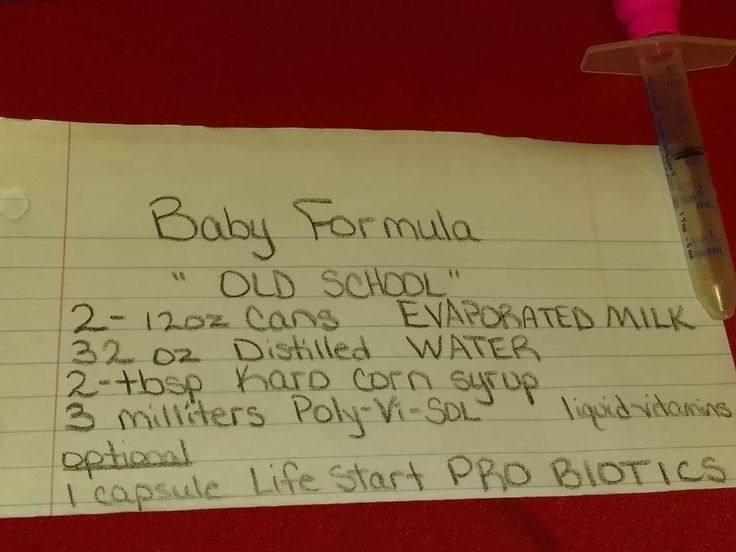 5 pounds of powder.
5 pounds of powder.
1Reflects an average consumption of 26 fl. oz. per day in the first year. Pricing, reconstitution rates and infant formula consumption may vary. Based on IRi Market Advantage sales data, September 2020.
2Enfamil® is a registered trademark of Mead Johnson & Co. Similac® is a registered trademark of Abbott Laboratories. Gerber® is a registered trademark of Nestle® Brands.
3Calculations based on September 2020 IRi Market Advantage annual retail sales data of national brand infant formula compared to store brand infant formula based on an average cost per week and average weekly usage of 1.5 pounds of powder.
Now you can order free meals at the dairy kitchen online / City News / Moscow City Web Site
Healthcare
Photo by E. Samarin. Mos.ru
Pregnant women and nursing mothers get fortified juices and milk here, and children get milk formulas, vegetable and fruit purees, cottage cheese and other products.
Muscovites can now apply and order meals at the dairy kitchen electronically. On mos.ru, you can choose a convenient schedule and place of distribution, and get groceries at a dairy distribution point simply by electronic referral without unnecessary paperwork and the need for a monthly visit to a polyclinic.
“Now Muscovites can apply and order meals at the dairy kitchen electronically. Residents do not have to submit a paper application and go to the polyclinic every month to receive conclusions - now food orders can be placed online on the mos.ru portal, and to receive groceries, it is enough to show an electronic referral. It will not get lost and will always be at hand. Thus, the online service will save Muscovites almost four million annual visits to the clinic. In addition, citizens can independently choose a convenient milk distribution point and a schedule for receiving food,” said Anastasia Rakova, Deputy Moscow Mayor for Social Development.
In order to receive free reduced-price meals in the dairy kitchen, Muscovites who are not currently recipients of it must apply electronically on the mos. ru portal, using the new service "Applying for meals in the dairy kitchen", in order to assign them the corresponding preferential category in the Unified Medical Information and Analytical System EMIAS) and visit the district doctor once (if you have never visited him before).
ru portal, using the new service "Applying for meals in the dairy kitchen", in order to assign them the corresponding preferential category in the Unified Medical Information and Analytical System EMIAS) and visit the district doctor once (if you have never visited him before).
Further on mos.ru the service "Ordering food in a dairy kitchen, choosing a dairy distribution point and a schedule for receiving products" will become available. Thanks to the service, Muscovites will be able to place an order, choose a suitable dairy distribution point, manage the schedule for receiving food, including setting the frequency of receipt - one-time or weekly. In addition, you can select specific days to visit the point of issue, as well as view information about the volume of products that can be received on the selected day.
For those who previously confirmed their benefit category (submitted a paper application to a medical organization) and visited a doctor, the meal ordering service will be available automatically on the mos. ru portal, there is no need to visit a doctor and reapply.
ru portal, there is no need to visit a doctor and reapply.
After placing an order, the service generates an electronic referral, which must be presented at the milk distribution point to receive food. It can be printed or shown on the screen of a mobile device. At the point, they will scan the direction and give out the necessary food products, as well as record the fact of issuance in the information system.
Free meals at milk distribution points are given to pregnant women, children under three years of age (also nursing mothers of children under six months old), children from large families under the age of seven, children under 15 suffering from a number of chronic diseases, as well as children -disabled people. To use the service, you must have an attachment to a city clinic, a valid compulsory medical insurance policy issued in Moscow, and permanent registration in the capital. If the meal is issued for a child, then the data on it must be entered in advance in the personal account on mos. ru.
ru.
Implementation of such solutions became possible thanks to a unified digital healthcare platform. It was developed by the Metropolitan Social Development Complex and the City Department of Information Technology.
More than 380 services are available on the mos.ru portal. Families with children can apply for various allowances and compensation payments on mos.ru. You can get acquainted with the block of services for families in the sections "Family, children" and "Social support" of the catalog of services. Also on the portal, users can read detailed information about the social support provided by the city to Moscow families. Here are instructions on how to get childbirth benefits, help for single parents, take out a social mortgage, use a certificate for maternity capital, and much more.
Tags
health care dairy kitchens Anastasia Rakova
Spheres
Health care, Technologies
Departments
Department of Health of the city of Moscow, Moscow Department of Information Technology
All news
Secretary-General's Task Force on the Global Food Crisis
July 2008
B.
1. Meeting the immediate needs of vulnerable populations
1.1 Providing emergency food assistance, implementing nutrition measures, strengthening and expanding the availability of social protection mechanisms
Hunger and malnutrition are among the most dangerous factors that pose a threat to human health; more people die from them than from HIV/AIDS, malaria and tuberculosis combined. Every day, 25,000 people die from hunger and related diseases worldwide, including more than 10,000 children. The needs of people impoverished before the food price surge and those who became poor as a result of this crisis must be fully met through increased regular assistance to prevent humanitarian crises, instability and long-term adverse health effects and the welfare of the people.
Topic box:
Safety nets for the poor in times of food crisis
Safety nets are targeted programs that address the most basic food, nutrition and production needs of the most vulnerable households to prevent them from falling further into poverty during times of crisis.
All mechanisms of social protection are generally similar in their purpose, but may differ in the form of assistance and focus on supporting certain types of actions. The most common forms of assistance are in-kind, vouchers (such as food stamps or fertilizer stamps), and cash. In countries or areas where markets are weak, it may be more efficient and cost effective to provide food and inputs directly to families. Where markets exist but private providers are unwilling to invest in aid distribution infrastructure without the guarantee of demand, voucher systems can be very effective in stimulating increased private investment. In countries and regions where the market and the banking system perform well and even reach people in remote areas, it makes sense to use cash transfers, since the administrative costs in this case are usually less. But even these distinctions are sometimes blurred: for example, in the case of food purchases from local farmers, there is actually a relationship between food aid and the promotion of agricultural production and market mechanisms. If the option of purchasing food from local producers appears to be the most appropriate, a market risk assessment should be carried out to ensure that food availability and local price structures are not adversely affected.
If the option of purchasing food from local producers appears to be the most appropriate, a market risk assessment should be carried out to ensure that food availability and local price structures are not adversely affected.
Unconditional assistance in kind, vouchers or cash is means tested only. This type of assistance is of particular importance for the most vulnerable categories of the population, such as the elderly. Other programs link assistance to non-remunerated community or industrial work (for example, children must go to school, women must undergo prenatal screening, farmers must attend classes). Food aid, inputs, or cash-for-work programs provide assistance in exchange for recipients performing work for public or private enterprises. Such programs require certain skills in developing small projects and in managing their implementation, but they represent a clear self-regulatory mechanism.
In practice, different social protection programs are often implemented in the same country, depending on the geographical conditions, the needs of the beneficiaries, the goals and objectives of the programs. In any case, it is necessary to ensure the targeted nature of assistance or use self-regulatory mechanisms, this allows to reduce the level of costs and at the same time meet the needs of the poor; it is always necessary to take measures against corruption in the distribution of aid. In addition, countries need to provide schemes for the transition of beneficiaries to self-reliance as they develop their own capacities and the potential of national markets.
In any case, it is necessary to ensure the targeted nature of assistance or use self-regulatory mechanisms, this allows to reduce the level of costs and at the same time meet the needs of the poor; it is always necessary to take measures against corruption in the distribution of aid. In addition, countries need to provide schemes for the transition of beneficiaries to self-reliance as they develop their own capacities and the potential of national markets.
Rising food prices have increased the number of hungry people and worsened their situation. The problems were especially severe for people whose food expenditures accounted for more than 60% of income: the urban poor, displaced people, landless rural residents, pastoralists and most small farmers. Lack of local food results in people being forced to consume less nutritious foods, resort to harmful coping mechanisms: they have to interrupt their children's schooling, especially girls, and force them to work; entire families are forced to migrate for economic reasons, people sell their property, deplete natural resources, run into debt and eventually fall into poverty.
In addition, hunger and malnutrition can have serious health consequences for vulnerable populations, especially pregnant women, nursing mothers, infants and young children, and people living with HIV/AIDS and tuberculosis. If no action is taken, malnutrition can slow down and stop a child's mental and physical development in the first years of his life. Malnutrition leads to poor health and can cause chronic diseases. In the worst cases, hunger causes death.
Emergency food assistance and social safety nets are critical to addressing the immediate needs of vulnerable and high-risk populations and to stabilizing the situation as a whole. Such programs are ongoing in many countries, but rising levels of insecurity and impoverishment, along with rising food prices and the devaluation of the US dollar over the past year, have led to a significant expansion of these programs and related costs. Substantial additional resources are required to continue existing programs and to support those who have recently fallen into poverty. At the same time, barriers to the export, transshipment and import of humanitarian food aid in recipient countries and neighboring countries must be urgently removed, as this prevents urgent needs from being met quickly. Global and regional agreements are needed to ensure the unhindered international supply of food for humanitarian purposes, and innovative approaches to ensure access to food, for example, through the creation of "virtual food stocks", should be concluded.
At the same time, barriers to the export, transshipment and import of humanitarian food aid in recipient countries and neighboring countries must be urgently removed, as this prevents urgent needs from being met quickly. Global and regional agreements are needed to ensure the unhindered international supply of food for humanitarian purposes, and innovative approaches to ensure access to food, for example, through the creation of "virtual food stocks", should be concluded.
Countries have a variety of options to help people meet their food and nutrition needs. The choice of measures should be based on needs assessments, taking into account the capabilities of individual countries.
Suggested measures:
Providing emergency food assistance, nutrition interventions, strengthening and expanding the availability of social protection mechanisms nutrition, job creation, addressing the problem of hunger and malnutrition among the most vulnerable categories of the population 1 .
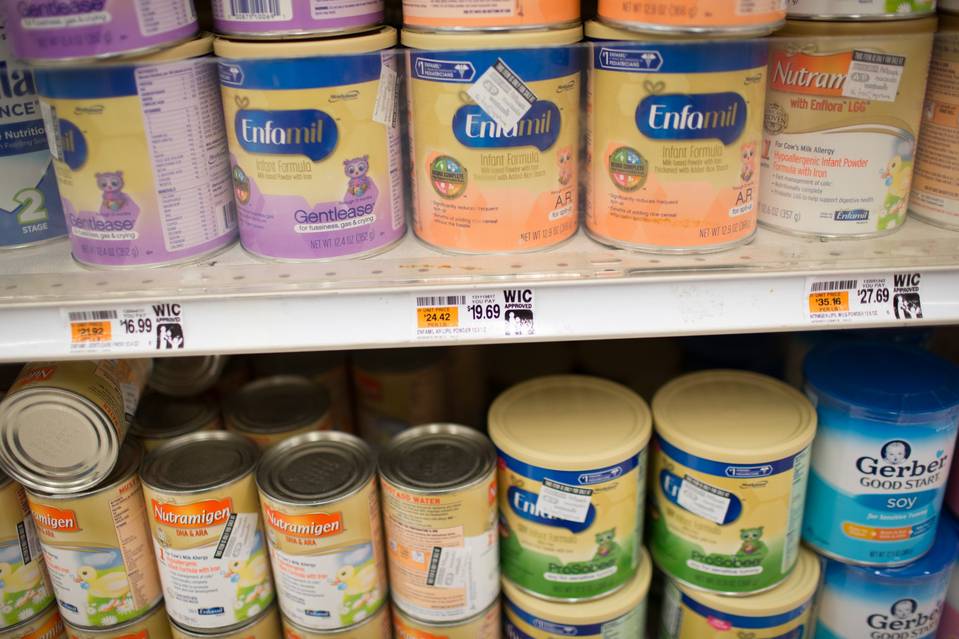

 This will help organize a rapid response to rapidly evolving humanitarian situations, as well as boost market confidence.
This will help organize a rapid response to rapidly evolving humanitarian situations, as well as boost market confidence.
Topic insert:
Purchasing food in domestic markets
High food prices and freight rates are forcing new ways of providing food aid. Deliveries of food from abroad are expensive and take a long time to organize, especially if transshipment is envisaged. Food purchases abroad need to be complemented by purchases from regional and domestic markets where there are sufficient food supplies to avoid distortions in price levels.
Purchasing food from regional and domestic markets brings significant benefits to traders, millers and the farming community in developing countries as a whole. The increased need for food aid due to the global food crisis is likely to lead to increased demand for food purchases, which could boost food production regionally and in individual countries, and hence the development of agriculture and markets in general.
However, the problem remains that the organization of food purchases in domestic markets will bring benefits to small farmers, through the use of a contract farming scheme. The framework involves a multi-stakeholder partnership of traders, agro-processors, national governments, United Nations agencies, NGOs, academic and financial institutions, and bilateral donors. This can form the basis for increasing the demand for staple food crops grown by smallholders for use in existing food aid programs on the one hand, and to support the sustainable development of smallholders on the other hand. In later stages of development, contract farming can encourage farming communities to invest in producing higher quality food that can be supplied to the markets of more developed countries. This requires concerted action to improve the skills of farmers, increase productivity and incomes through the introduction of more efficient farming systems, provide farms with productive inputs, provide farmer education and improve access to markets.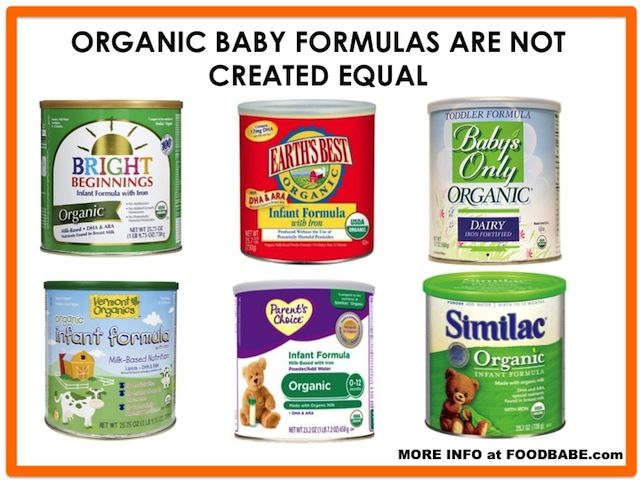
In the short term, organizing food purchases from smallholder farms requires significant initial investment and skilled workers. Going forward, these initial costs may be repaid by increasing the on-hand food stocks of domestic producers, ensuring sustainable food and nutrition security for local farming communities.
Smallholder farmers in developing countries are among the populations most vulnerable to food shortages. Most of them are women. Enabling them to participate in food aid programs can transform the threats of high food prices into opportunities to generate food surpluses and increase family incomes. Increasing income levels will lead to greater opportunities in terms of access to education and health care, which will have a long-term positive impact on the development of these communities.
1 Including in particular IDPs and refugees.
2 The food aid package must be compiled carefully and carefully.